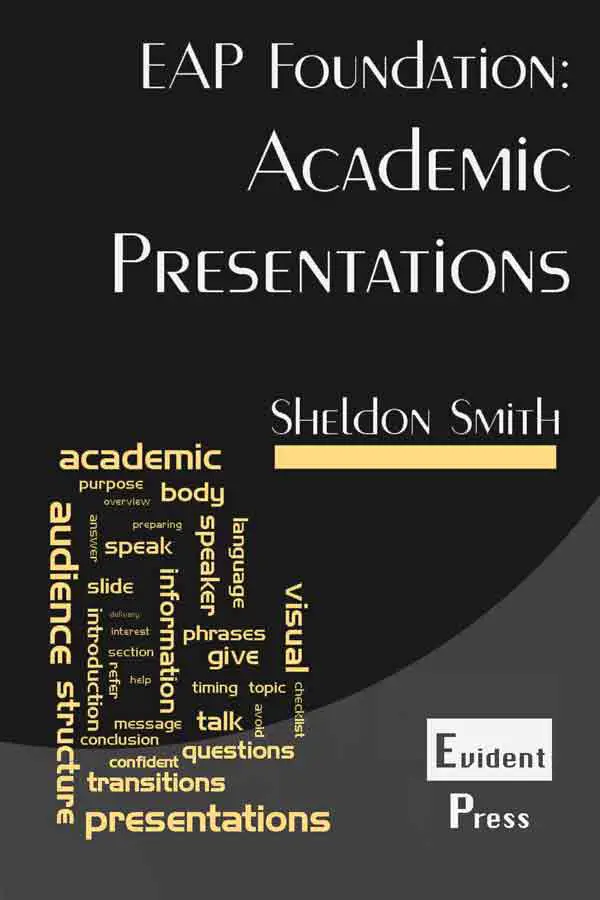Show AWL words on this page.
Show sorted lists of these words.


 







|
Good lecturers organise their lecture well and use clear signals called lecture cues to help you follow the argument. Even good lecturers, however, move away from the main topic from time to time. These are called digressions. This page considers what digressions are and reasons why lecturers digress, as well as giving some common digression cues which lecturers may use to signal the start or end of a digression.
What are digressions?
As explained above, digressions are instances when the lecturer moves away from the main topic. This is usually only for a short time, after which the lecturer will return to the topic. Another word for digression is tangent. Writers also digress or 'go off on a tangent'; however, this is much less common, especially in academic writing.
Why do lecturers digress?
There are many reasons why lecturers digress or 'go off on a tangent'. Lectures are 'live' events, and the speaker may have unplanned thoughts when they are speaking. As lectures are live, the speaker, unlike a writer, cannot edit the content later. Another reason why lecturers digress is because they can see the audience, which makes a lecture more personal than a piece of writing; a lecturer therefore often wishes to make a more personal connection with the audience, which a digression can achieve. Other reasons why lecturers digress are to give definitions of technical words, to discuss the lecture itself, to refer the audience to a published work such as a book or article, or to give some general information about the course or a recent or upcoming assignment. The speaker may also wish to give a personal anecdote to help reinforce a point.
To sum up, some of the reasons for digressions in lectures are:
- because they are 'live' events, with unplanned thoughts;
- because they cannot be edited, unlike a piece of writing;
- the lecturer wants to make a connection with audience;
- to give a definition of a technical word;
- to refer to a published work such as a book or article;
- to talk about the lecture itself;
- to give general information about the course or a recent/upcoming assignment;
- to give a personal anecdote to reinforce a point.
Below is an example of the beginning of a lecture on the topic of learning styles. It has two digressions, shown in bold. The reason for the digression is given in square brackets after the digression.
Today's lecture is in many ways a continuation of what we were looking at yesterday. What I want to talk about is learning styles. We'll primarily be looking at four main models. First, we'll be looking at the Kolb model. Then we'll consider a variant of this, the Honey and Mumford model. This one, incidentally, is the one which is considered in most detail in your course book, pages, umm... pages 101 to 104 [to refer to a published work] The third model we'll look at is the VAK model, perhaps the best known of all of them. In fact, when I did my teacher training, which not as many years ago as some of you might think, the VAK model was the only one which was ever mentioned [personal anecdote] Finally, we'll consider a popular model in the USA, the Dunn and Dunn model.
Digression cues
It is important to be able to identify when a lecturer digresses. This is because you need to decide whether or not the information is important enough to write in your notes. You also need to be able to identify when the digression has ended, so that you can continue to listen carefully and make notes. Lecturers may sometimes use lecture cues to signal the start or end of a digression, although this is not always the case and you may therefore just have to use your own understanding of the lecture argument to know that the speaker is digressing.
Digression
- You might be interested to know...
- By the way...
- Incidentally...
- You don't need to write this down...
Resumption
- Getting back to what I was discussing earlier...
- To get back to the point...
- Anyway...
- Anyhow...
Some phrases for digression and resumption (returning to the main point) are shown box above. An example, also from a lecture on learning styles, is shown below.
There are many useful tools that visual learners can use to help them improve their study. One example is using pictures. So when they learn new vocabulary, rather than just writing the meaning, they can try to draw a picture, to make it more visual. You might be interested to know [digression cue] that I'm a visual learner, and I frequently use pictures to help me remember things. Anyway [resumption cue], a different example might be the diagram of the Kolb learning cycle, which you can see on your handouts. I hope you picked up a handout on your way in. My lectures always have a handout, which I leave on the desk by the door. Getting back to what I was saying [resumption cue], um... another example is using maps or charts, or for history subjects, use a time line.
Checklist
Below is a checklist for lecture cues.
| Item | OK? | Comment |
| I understand what a digression is | ||
| I know reasons why lecturers digress | ||
| I know some digression and resumption cues |
References
Campbell, C. and Smith, J. (2009) Listening. Reading: Garnet Publishing Ltd.
Lebauer, R.S. (1999) Learn to Listen, Listen to Learn, 2nd ed. New York: Pearson Education ESL.
Michigan State University (1997) Transition Words. Available at https://www.msu.edu/~jdowell/135/transw.html (Access Date 17 February, 2016).
Sharpling, G. (2012) Lecture Vocabulary. Available at http://www2.warwick.ac.uk/fac/soc/al/globalpad/openhouse/academicenglishskills/vocabulary/lecture/ (Access Date 17 February, 2016).
Next section
Listen to some practice lectures in the next section.
Previous section
Read the previous article about recycling.



